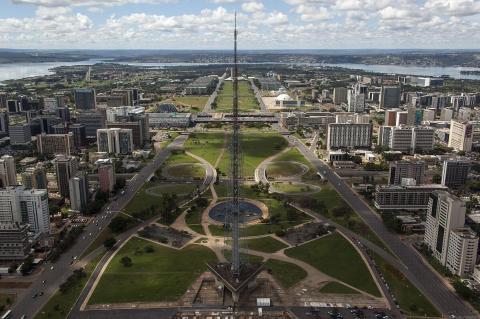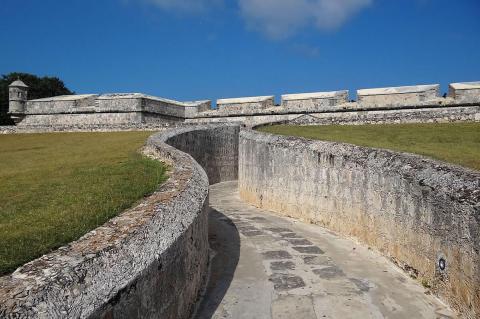Aqueduct of Padre Tembleque (Mexico)
The Padre Tembleque Aqueduct is a UNESCO World Heritage Site. This hydraulic system was named after Francisco de Tembleque and spans two states in the Central Mexican Plateau. It was constructed between 1555 and 1572 and is a testament to ingenious water conduction in the Americas.









